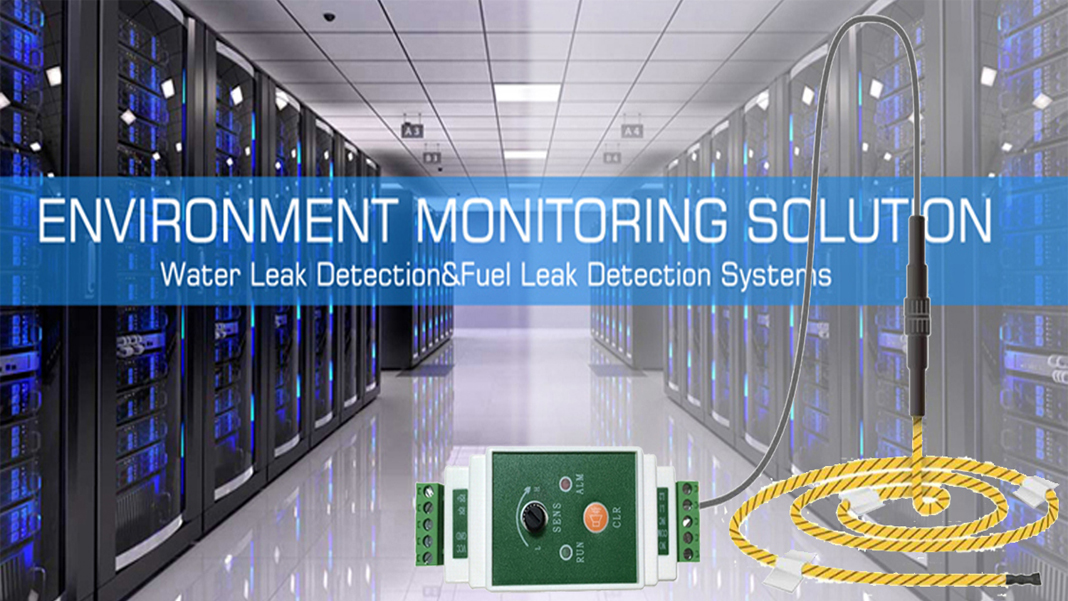Water Sensing Cable technology stands as a remarkable testament to the ingenuity of modern engineering, addressing critical challenges in various sectors, from data centers to smart buildings and HVAC systems. This technology, designed to prevent water damage and leakage, has revolutionized how we approach environmental monitoring and asset protection. By delving into the science behind Water Sensing Cable technology, we can better understand its significance and functionality.
Understanding Water Sensing Cable
At its core, a Water Sensing Cable is a specialized cable designed to detect the presence of water or moisture along its length. This unassuming Cable has advanced materials and components that enable its remarkable capabilities. Unlike traditional methods of water leak detection, which often rely on visual inspection or point-based sensors, Water Sensing Cables offer continuous and proactive monitoring, making them a reliable safeguard against potential disasters.
Principles of Operation
Water Sensing Cable technology operates based on the principle of capacitance sensing. Capacitance is the ability of a system to store an electric charge and this property changes in the presence of moisture. The Cable’s design incorporates conductive elements and insulating materials, forming a sensitive capacitor. When water comes into contact with the Cable, it alters the capacitance, triggering an alert signal.
High Sensitivity and Pinpoint Accuracy
One of the remarkable features of Water Sensing Cable technology is its high sensitivity to even the slightest traces of water. This sensitivity is crucial in detecting leaks early, allowing for swift intervention and minimizing potential damage. Furthermore, the Cable’s design allows it to pinpoint the exact location of the leak along its length. This capability not only aids in prompt repairs but also reduces downtime and associated costs.
Resistance to Adverse Conditions
Water Sensing Cable technology is designed to withstand a range of adverse conditions. The Cable’s materials exhibit high resistance to corrosion, abrasion, and chemical exposure, ensuring its reliability even in challenging environments. This durability extends the Cable’s lifespan and contributes to its cost-effectiveness.
Integration with Alarm Systems
The versatility of Water Sensing Cable technology is evident in its seamless integration with various alarm systems. These cables are compatible with most alarm and monitoring systems, enabling real-time notifications when a leak is detected. This feature empowers facility managers and operators with timely information, allowing them to take immediate action and prevent potential disasters.
Applications of Water Sensing Cable
Beyond its direct applications in data centers, smart buildings, and HVAC systems, Water Sensing Cable technology has found use in diverse industries. It is crucial in safeguarding valuable assets, from server rooms to historical archives, laboratories, and industrial facilities. Early detection of leaks contributes to risk reduction, data preservation, and operational efficiency.
Conclusion
Water Sensing Cable is a shining example of innovation meeting practicality in modern technology. These unassuming cables provide a vigilant defense against water damage and leakage by harnessing the principles of capacitance sensing. Their high sensitivity, pinpoint accuracy, and compatibility with alarm systems make them an indispensable tool in various sectors where water-related risks loom large. As we continue to embrace the potential of Water Sensing Cable technology, we enhance our ability to mitigate losses, protect assets, and ensure the smooth functioning of critical infrastructure.





